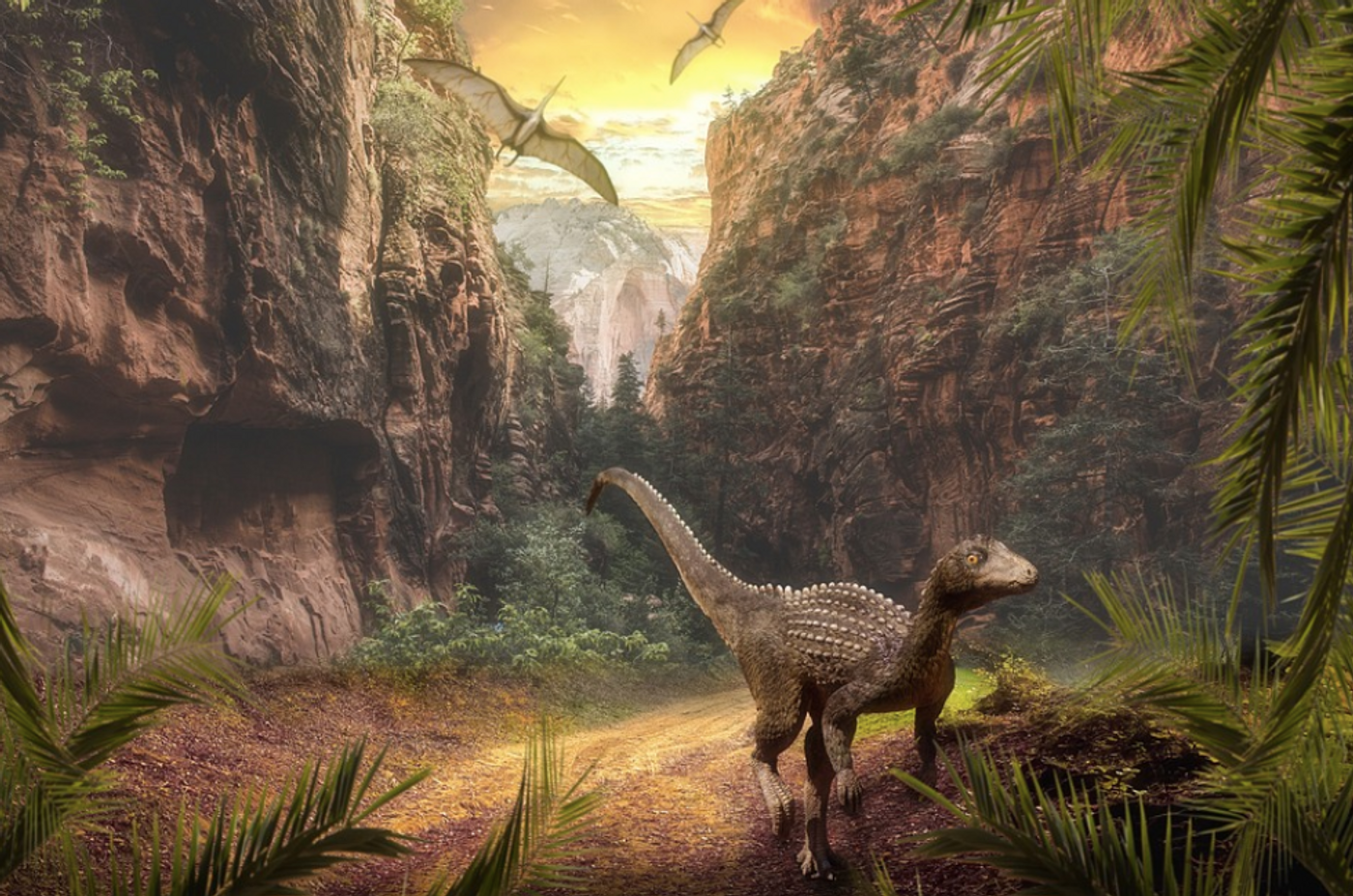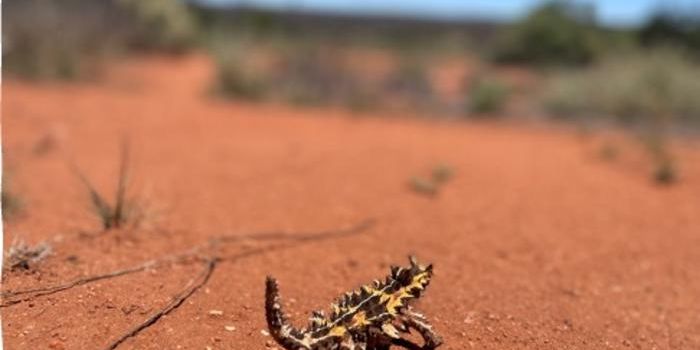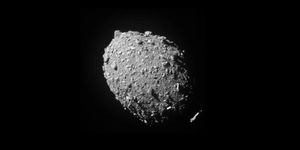Dinosaur Tracks Show That Alaska was Once a Warm, Rainy Place
Scientists are using dinosaur tracks found in rock formations in Northwestern Alaska to learn more about the climate of ancient Earth, and how animals migrated from the Asian to North American continent around 100 million years ago. Some rock formations they have studied are about 70 million years old while this latest research focuses on a formation that is around 90 to 100 million years old. This is estimated to be when a connection between Asia and North America called the Bering Land Bridge existed, explained University of Alaska Fairbanks geology professor Paul McCarthy. "We want to know who was using it, how they were using it and what the conditions were like."
There is a layer of sedimentary rock in Alaska's North Slope that is 800 to 5,000 feet thick called the Nanushuk Formation. It dates to the mid-Cretaceous Period and around the time the Bering Land Bridge arose.
Understanding more about the paleoclimate could provide insights into climate change that we are now dealing with. "The Nanushuk Formation gives us a snapshot of what a high-latitude ecosystem looks like on a warmer Earth," said McCarthy.
While doing fieldwork, McCarthy and Anthony Fiorillo identified about 75 fossil tracks and other indications that dinosaurs lived there, probably near a river or delta.
The findings have been reported in the journal Geosciences.
"This place was just crazy rich with dinosaur footprints," said Fiorillo, a paleontologist who is now the executive director of the New Mexico Museum of Natural History and Science. "We were at a spot where we eventually realized that for at least 400 yards we were walking on an ancient landscape," They identified fossilized dinosaur feces, tracks, and tree stumps. "It was just like we were walking through the woods of millions of years ago."
The investigators determined that bipedal plant-eaters were the most abundant species in the area, and accounted for almost 60 percent of the tracks they found; plant-eaters with four legs made 17 percent; while birds had made 15 percent; and meat-eating, bipedal dinosaurs had made nine percent of the tracks.
An analysis of carbon isotopes in wood suggested that there was about 70 inches (about 1.8 meters) of rain in the area every year, at that time. This finding supports previous indications that there were increases in precipitation during the Cretaceous Thermal Maximum, a long-term warm period about 90 million years ago. Average global temperatures were thought to be much higher at that time compared to those we now experience.
"The temperature was much warmer than it is today, and what's possibly more interesting is that it rained a lot," Fiorillo said. "The samples we analyzed indicate it was roughly equivalent to modern-day Miami. That's pretty substantial."
Sources: University of Alaska Fairbanks, Geosciences









